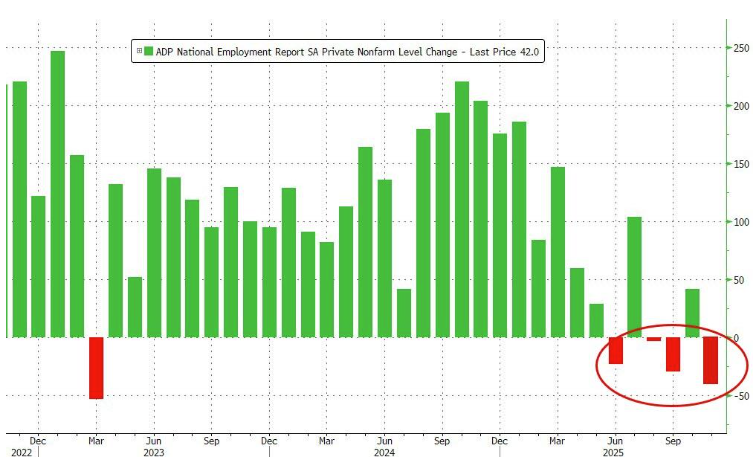Planck Network Secures Full EU MiCA Compliance Ahead of Major Exchange Launch
Quick Breakdown
- Planck Network achieves full EU MiCA compliance, including approved whitepaper and token structure.
- Compliance ensures transparency, disclosure, and confidence for EU and global investors.
- $PLANCK set to debut on Tier-1 and Tier-2 exchanges starting November 12, 2025.
Planck Network has announced that it has achieved full compliance with the European Union’s Markets in Crypto-Assets (MiCA) framework, marking a significant milestone for the project as it prepares to expand into regulated markets. The compliance process included the approval of Planck’s EU crypto-asset whitepaper and a token structure designed to meet regulatory requirements.
This achievement positions Planck Network as one of the few projects fully aligned with Europe’s evolving regulatory landscape, signaling a new era of transparency and investor confidence for the platform. The company said this step underscores its commitment to bridging Web3 innovation with regulatory trust, a move expected to strengthen its appeal to both European and global investors.
📢 PLANCK NETWORK: EU-Compliant ✅
We’ve achieved full compliance with the EU’s MiCA framework, including an approved EU crypto-asset whitepaper and token structure ready for regulated markets 🏛️📄
What this means:
🔹 Full transparency & disclosure
🔹 Confidence for EU &… pic.twitter.com/g8H32QFqF8— Planck (@plancknetwork) November 10, 2025
Transparency and investor confidence at the core
According to Planck Network, full MiCA compliance ensures rigorous transparency and disclosure standards. Investors can now expect clearer insights into the platform’s operations, governance, and tokenomics. The regulatory alignment also enhances confidence among institutional and retail investors, providing a framework for safer and compliant participation in the cryptocurrency market.
With this regulatory foundation, Planck is strategically positioned for listings on top-tier exchanges, aiming to reach both Tier-1 and Tier-2 platforms. The project’s leadership emphasized that the next phase of growth will leverage Europe’s regulated environment while maintaining the agility and innovation central to Web3 ecosystems.
Upcoming exchange launch
Planck Network confirmed that its native token, $PLANCK, is scheduled to debut on major exchanges starting November 12, 2025. The launch is expected to draw significant attention from institutional investors and crypto enthusiasts, highlighting Planck’s readiness to operate at scale in regulated markets.
As the EU continues to implement MiCA rules, projects like the Planck Network, which combine regulatory compliance with robust technology solutions, are likely to gain a competitive advantage, setting new benchmarks for transparency and trust in the cryptocurrency industry.
Highlighting the broader adoption of MiCA, Bit2Me recently secured authorization from Spain’s financial regulator, the Comisión Nacional del Mercado de Valores (CNMV), becoming the first Spanish-speaking fintech officially approved to operate as a Crypto-Asset Service Provider (CASP) under the EU’s MiCA regulation.
Disclaimer: The content of this article solely reflects the author's opinion and does not represent the platform in any capacity. This article is not intended to serve as a reference for making investment decisions.
You may also like
ADP data sounds the alarm again: US companies cut 11,000 jobs per week
The government shutdown has delayed official employment data, so ADP data has stepped in to reveal the truth: in the second half of October, the labor market slowed down, and the private sector lost a total of 45,000 jobs for the entire month, marking the largest decline in two and a half years.

The US SEC and CFTC may accelerate the development of crypto regulations and products.
The Most Understandable Fusaka Guide on the Internet: A Comprehensive Analysis of Ethereum Upgrade Implementation and Its Impact on the Ecosystem
The upcoming Fusaka upgrade on December 3 will have a broader scope and deeper impact.

Established projects defy the market trend with an average monthly increase of 62%—what are the emerging narratives behind this "new growth"?
Although these projects are still generally down about 90% from their historical peaks, their recent surge has been driven by multiple factors.
